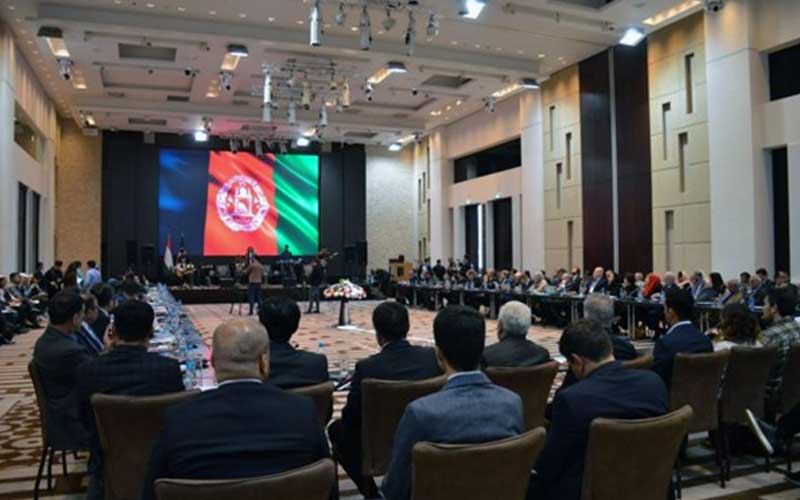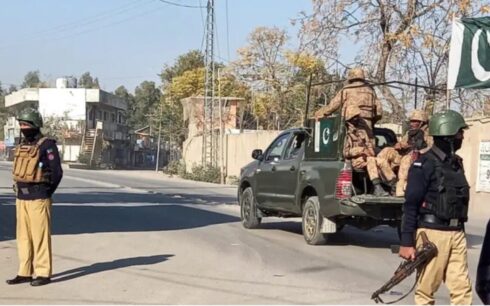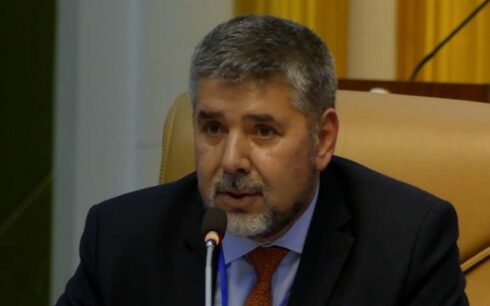The enduring rule of the Taliban in Afghanistan, marked by its extremist and exclusionary policies, is undoubtedly fueled by various factors. Among these, the disunity among the Taliban’s opponents stands out as a critical element. While other dynamics also contribute to the Taliban’s ability to retain power, this piece focuses on how internal divisions among their adversaries have worked to the Taliban’s advantage.
Fragmentation among opponents
Opposition to the Taliban comes from a wide array of groups and individuals with divergent goals and strategies. Some focus on armed resistance, while others emphasize political and diplomatic efforts. This lack of coordination and unity has significantly weakened their collective ability to challenge the Taliban effectively.
Key opposition entities, such as the High Council of Resistance for the Salvation of Afghanistan, the National Resistance Front, the Freedom Front, and the National Movement for Peace and Justice, operate in isolation, often unaware of each other’s initiatives. Additionally, smaller civil society movements, human rights activists, former political parties, and newly formed armed groups have created fragmented structures with little to no communication or cooperation.
Afghanistan has long lacked unified, charismatic leadership capable of rallying diverse factions under a single banner. Historically, many leaders have been undermined by internal rivalries and foreign interference. Today, the absence of strong, cohesive leadership among Taliban opponents is more apparent than ever. Instead of working collaboratively, various leaders often engage in internal competitions, further splintering the opposition and bolstering the Taliban’s position.
Opponents of the Taliban have also failed to present a cohesive narrative against the regime. Some view resistance as illegitimate from a religious perspective, while others argue that Afghanistan’s fate lies in the hands of foreign powers and reject any active confrontation. Many are caught in a state of indecision, contemplating whether to accept or resist Taliban rule.
This disarray is particularly evident among political figures, including women leaders, who often disagree and fail to build consensus. The allure of comfortable lives abroad has also contributed to the lack of urgency among exiled political elites, some of whom would likely have aligned with the Taliban if their circumstances were less favorable.
External interference and exploitation
Foreign powers with vested interests in Afghanistan play a significant role in perpetuating opposition disunity. While some nations express frustration over the lack of coordination among Taliban opponents, they simultaneously fund disparate initiatives under the guise of supporting women’s rights, free speech, or democracy.
For instance, when platforms like the Vienna Process aim to unify opposition forces against the Taliban, certain external actors encourage rival initiatives, ensuring fragmentation persists. This strategy serves to maintain leverage over Afghanistan while avoiding a cohesive and potentially disruptive opposition front.
Public disillusionment with Afghanistan’s political class further undermines efforts to mobilize effective resistance. Decades of failed governance, corruption, and infighting have left many Afghans skeptical of political leaders. While some figures still command localized support, particularly among religious communities, broader trust in political leadership remains elusive.
Afghanistan’s neighbors, particularly those wary of the Taliban’s ideological influence, often adopt a dual approach. While fearing the Taliban’s potential to inspire unrest within their own borders, they also find a weak, crisis-stricken Afghanistan preferable to a unified, empowered one. These countries offer conditional support to the Taliban, ensuring Afghanistan remains economically and politically fragile.
The broader international community, particularly Western powers, has shown limited interest in addressing Afghanistan’s political crisis. With pressing global concerns like the war in Ukraine and conflicts in Gaza, Afghanistan has taken a back seat on the international agenda.
During the past two decades, Taliban opponents misused billions in foreign aid, eroding trust among international donors. Today, with minimal funding, the West appears content to avoid deeper entanglement. However, if geopolitical circumstances shift, these same powers could quickly mobilize support for a unified Afghan opposition, potentially creating a government-in-exile or other alternative structures.
A path forward
Despite the dire situation, pockets of resistance remain. Women’s rights activists, cultural figures, and armed resistance groups continue to challenge the Taliban’s rule from within Afghanistan. Outside the country, a handful of thoughtful and experienced political figures have stayed relatively quiet, observing the situation.
For meaningful change, Afghanistan’s opposition leaders must set aside past titles and rivalries, unite behind fresh leadership, and assume responsibility for the country’s future. Without such a shift, international powers—focused on their own interests—will continue to exploit Afghanistan’s divisions rather than resolve them.
About the author
Mohammadullah Afzali holds a doctorate from the University of Delhi and previously served as a professor at Herat University. He worked for two decades within Afghanistan’s Ministry of Foreign Affairs, holding roles ranging from head of the Foreign Ministry’s representation in Herat to minister-counselor in India. Afzali has authored books on literature and history and has translated several works from English to Persian.
The views expressed in this op-ed are solely those of the author and do not necessarily reflect the editorial stance of Amu.





